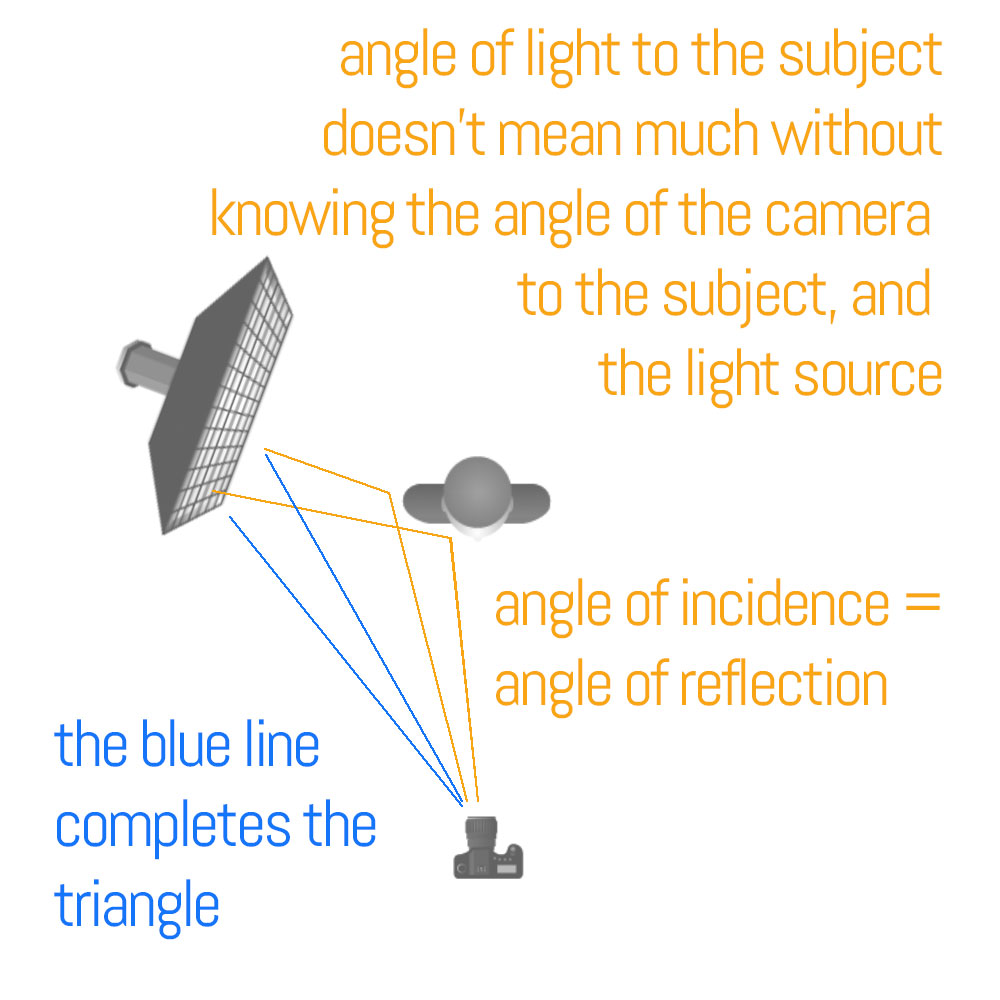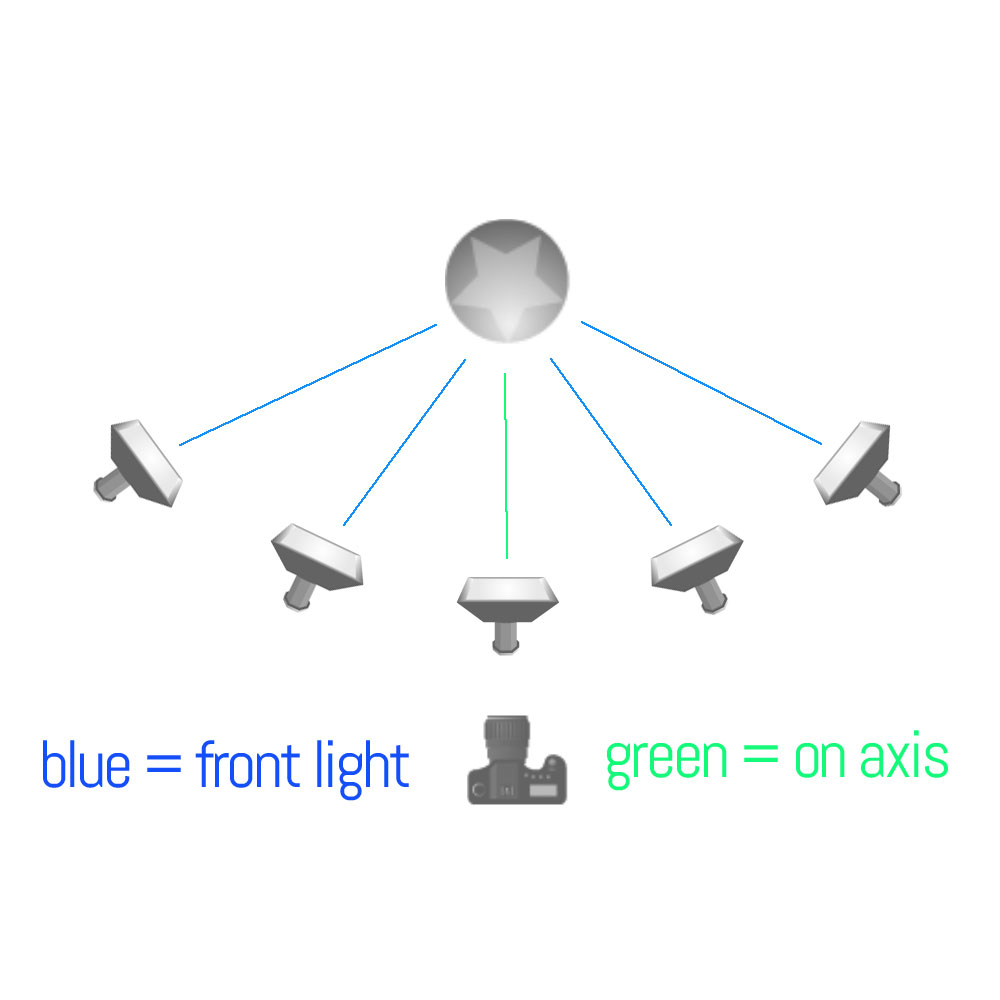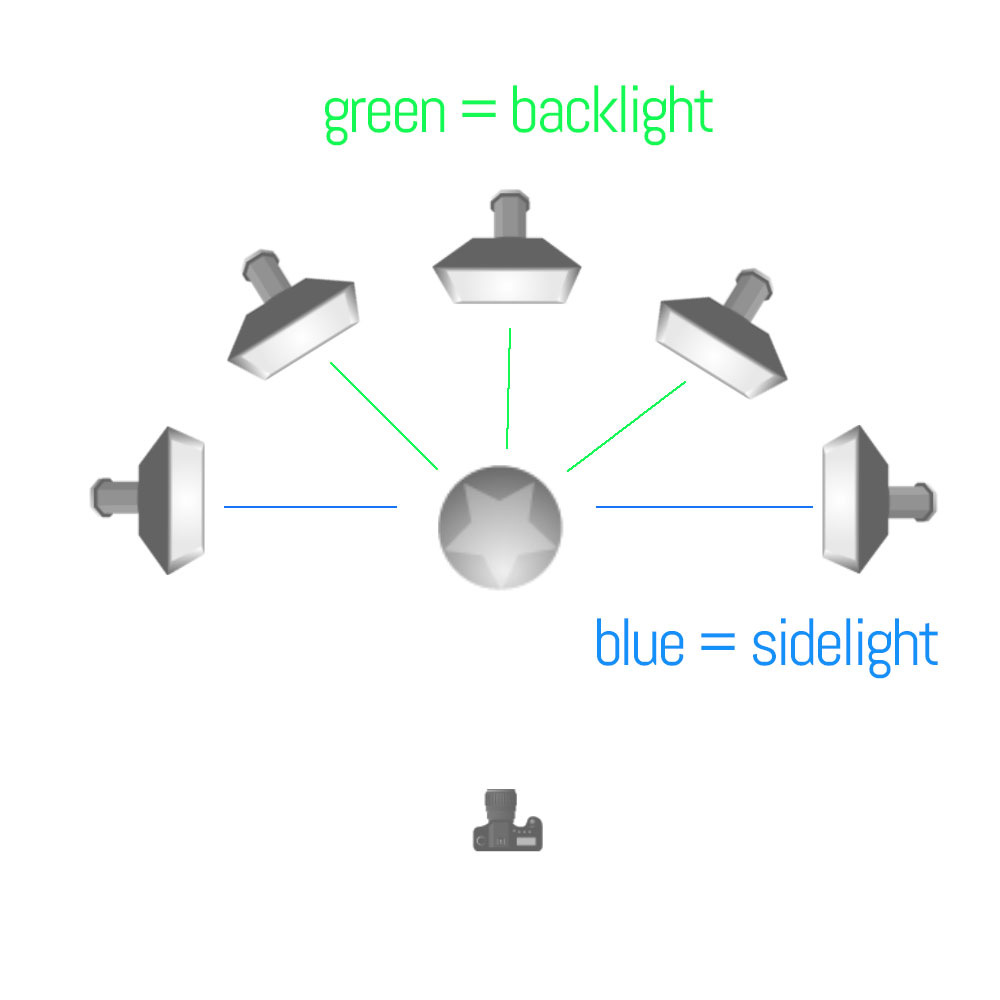LIGHTING CLASS FOUR: THE ANGLE OF THE LIGHT
FROM THE INSTRUMENT TO THE SUBJECT AND TO THE CAMERA BACK TO HOMELIGHTING CLASS FOUR: THE ANGLE OF THE LIGHT
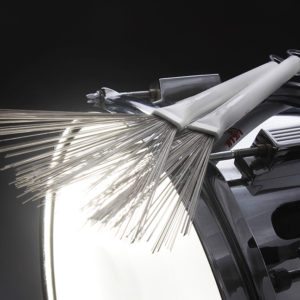 We know whether something we are looking at is shiny or not. We always have… it’s part of what I call visual literacy and we develop it quite young.
We know whether something we are looking at is shiny or not. We always have… it’s part of what I call visual literacy and we develop it quite young.
Shiny things reflect light a specific way. Shiny things show us how shiny they are by what they do with the reflections of light on the surface.
To show something as being very shiny, we look for the transition from the specular to the real surface. That transition is very sharp. The specular (white) instantly drops off to the negative reflection area… that place where nothing is there to reflect.
There is no color to the chrome item, it is simply shiny. So it works as a mirror, either reflecting or not reflecting the items in its vicinity.
In this photograph of white vases, there is a specular highlight, but the transition barely shows as it goes from white to white.
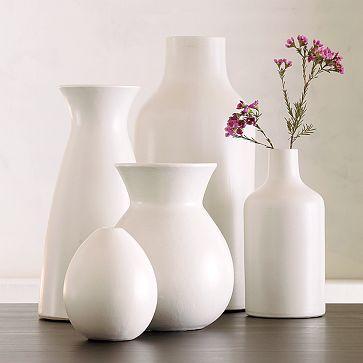
The black shiny vase below shows the specular defined. The transition is sharp because we can see it against the true tone of the black vase.
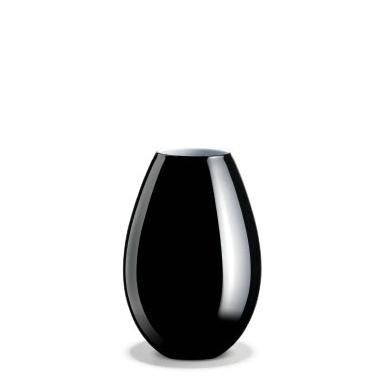
Photographing chrome and other very shiny surfaces can have a few challenges as seen below:
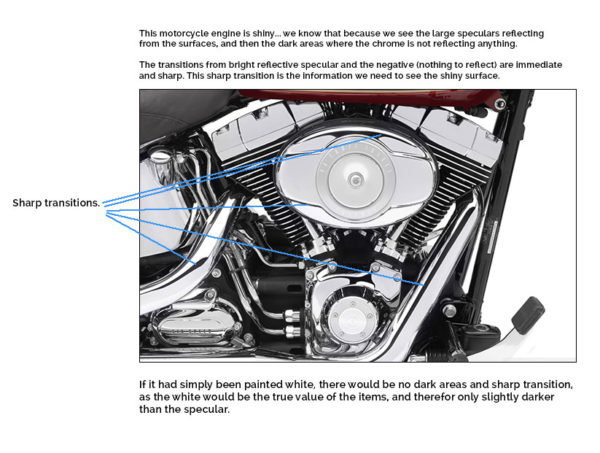
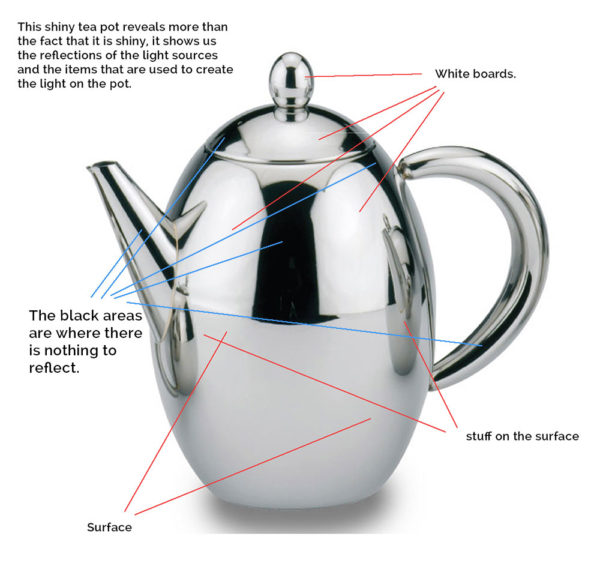
The most important thing to remember is that we do not light a shiny surface. Putting light directly on the surface could reveal a light source in ways that are not attractive to the viewer.
You can see how the specular from what appears to be an on camera flash is revealed to be a bright, unattractive spot in the middle of the pot. We can also not make out the shape of these pots, as there are no identifiers present to show the shape to be dimensional.
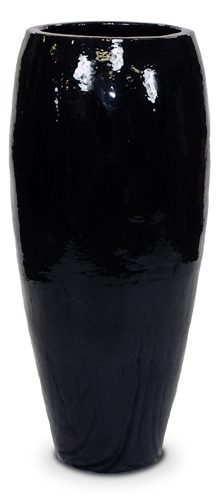
In this photograph, we can see the highlights from two vertical lights (strip lights) reflecting with sharp transitions. They also reveal the shape of the vases. The specular gives us both dimension and surface texture (shiny).
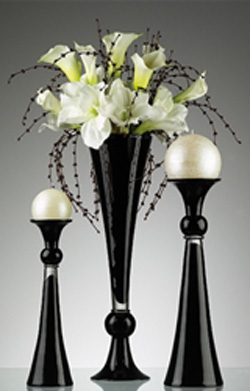
Shiny surfaces can also have a little bit of tooth, like brushed aluminum, or textured metals. We see that surface change in the way the specular is shown.
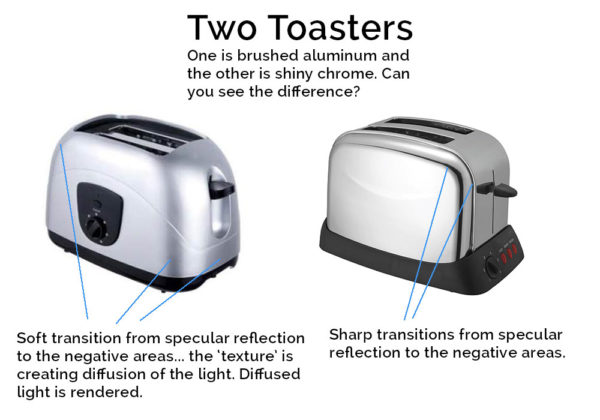
One of the most important things you can remember is that you do not light the shiny object, you light what the shiny object reflects. The very efficient surface will reflect whatever it ‘sees’ so your job is to provide what it sees. Be that softbox, scrim, white boards… You provide the specular in an appropriate manner, the surface will reveal it.
Also works on larger items.
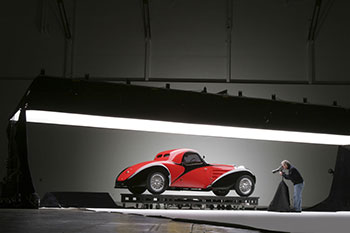
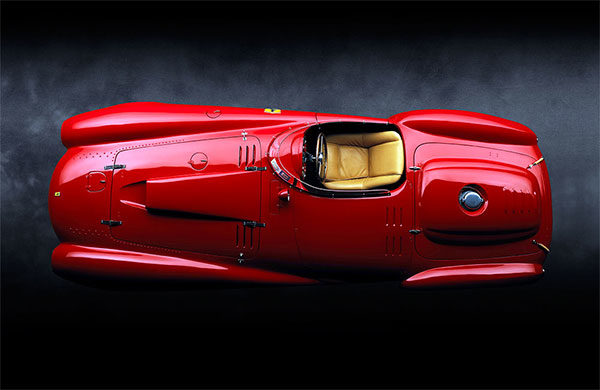
It works in fashion too:
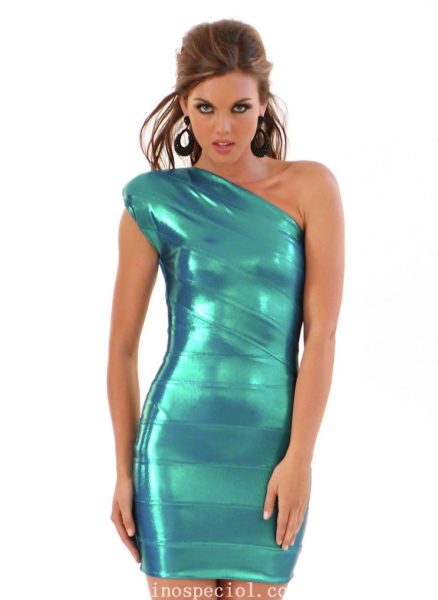
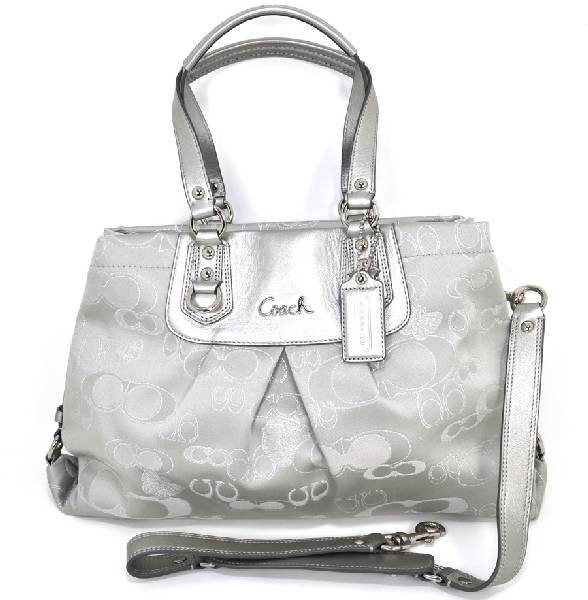
EXERCISE:
Setting up a very shiny object, move the light around from side to front and observe how you can start to see the light being reflected back into the camera. Then do the same thing with something moderately shiny and again with something that has no shine at all – a matte surface.
Notice how the light is presented back from the shiny to matte surfaces.
REMEMBER: Everything reflects in its own way.
THURSDAY, APRIL 30, 2020 – JUST CHECKING IN


